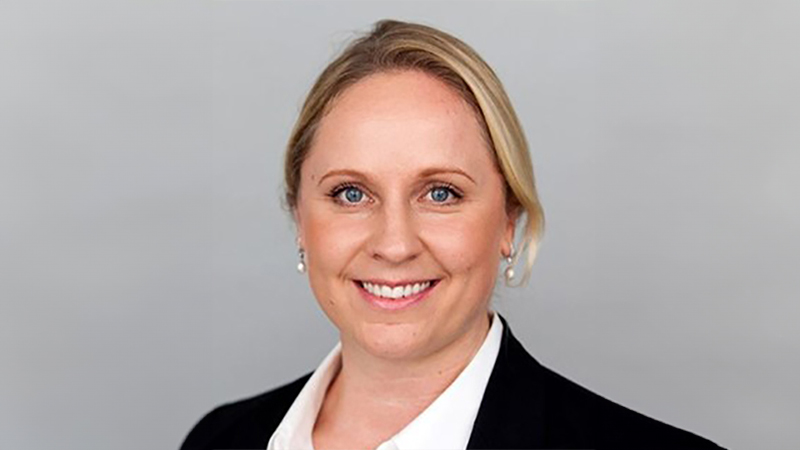Over the past 18 months, we have all had to learn to live with uncertainty. No plan can be made without a caveat – “… as long as we’re not home-schooling that week”, “… if the rules allow” and so on. Holiday cottage owners have to offer last-minute refund options. We do not even know for sure when we might next be able to see our loved ones.
In the UK, this comes on top of the uncertainty we have dealt with since the Brexit vote in 2016, as we have waited to see what the eventual relationship with the EU will look like, and how that will affect our jobs, our businesses and our finances. Yet we are optimistic as a species – we continue to take steps into the unknown, to change our careers and move house, to expect the best even though the horizon is now more clouded than it has been in many of our lifetimes.
Financial advisers work hard to help their clients set a path for the future yet, in complex financial markets, even the best-planned journeys involve a high degree of uncertainty. The models we use for cashflow planning need to reflect that uncertainty – and to help advisers communicate it to their clients.
Deterministic assumptions
Traditional cashflow models rely on assumptions that markets work on a deterministic basis – or will repeat history – which history itself tells us is not the case. The tools available to advisers have moved on, however, and the sophisticated techniques that have been used by the institutions for decades are increasingly accessible in the retail space.
To better reflect the inherent uncertainty of the future, we need risk-based cashflow models that use reasonable and reasoned assumptions to project asset-class returns on the balance of probabilities. We also need reasonable and reasoned assumptions about how money will be withdrawn from portfolios.
In practice, the client is unlikely to take an equal amount from across the portfolio, and it really matters whether the money comes out of one fund or another, the tax-enhanced or the non-tax enhanced product, the deposit account or the equity ISA.
Importantly, cashflow cannot be modelled effectively on an annual basis. Instead, we need models that take into account when in the year cashflows happen – perhaps money has to be taken out in the middle of the year to pay school fees, or, more seriously, the client needs to take money out on a monthly basis.
Monthly modelling
With so many clients in drawdown, monthly cashflow modelling is essential. Why? Because in-year swings in value can have a huge impact. Think of the difference, for example, between the value of a portfolio at the beginning of February 2020 and that same portfolio at the start of March 2020. If the client continues to withdraw money during such a turbulent period, the effect on returns can be significant.
Similarly, clients early in retirement are particularly vulnerable to sequence-of-returns risk – the risk that significant losses early in retirement, coupled with continued withdrawals, make it very challenging to achieve the average return over time, even if subsequent returns are strong.
Finally, as well as models that are equipped to take into account the uncertainty of the future, we need models that help the end-customer engage with that uncertainty. I know from my conversations with advisers that presenting clients with a range of potential returns helps – but only to a certain extent, because of that very human optimism I noted earlier. Clients tend to anchor their expectations around the top of the range, so the more we can do with modelling and visualisation to address the natural inclination to look at the best case, rather than the worst, the better.
Real-time picture
Effective risk-based cashflow planning can be thought of as a state-of-the-art satnav, compared with the roadmap offered by deterministic models. The roadmap tells you it is 60 miles from Bath to Reading and, at 60 miles per hour, you can estimate it will take you an hour to get there – yet there is no real way of knowing whether this will play out in reality.
In contrast, the modern satnav helps you to understand what the traffic is like and adapts if that changes. It factors in the possibility that more traffic will join or leave the road along the way. It knows the average time for your journey, but it also knows it is sometimes quicker, sometimes slower – and, in extreme conditions, much slower.
Like a reliable satnav, a good cashflow model is constantly working to provide a more real-time and realistic picture of the journey, equipping the adviser to steer the client through the uncertainties of the future. Modelling the client’s finances on a monthly basis and being able to illustrate that to the client so they understand their progress and the possible roadblocks along the way can be very powerful.
Ben Goss is CEO of Dynamic Planner










